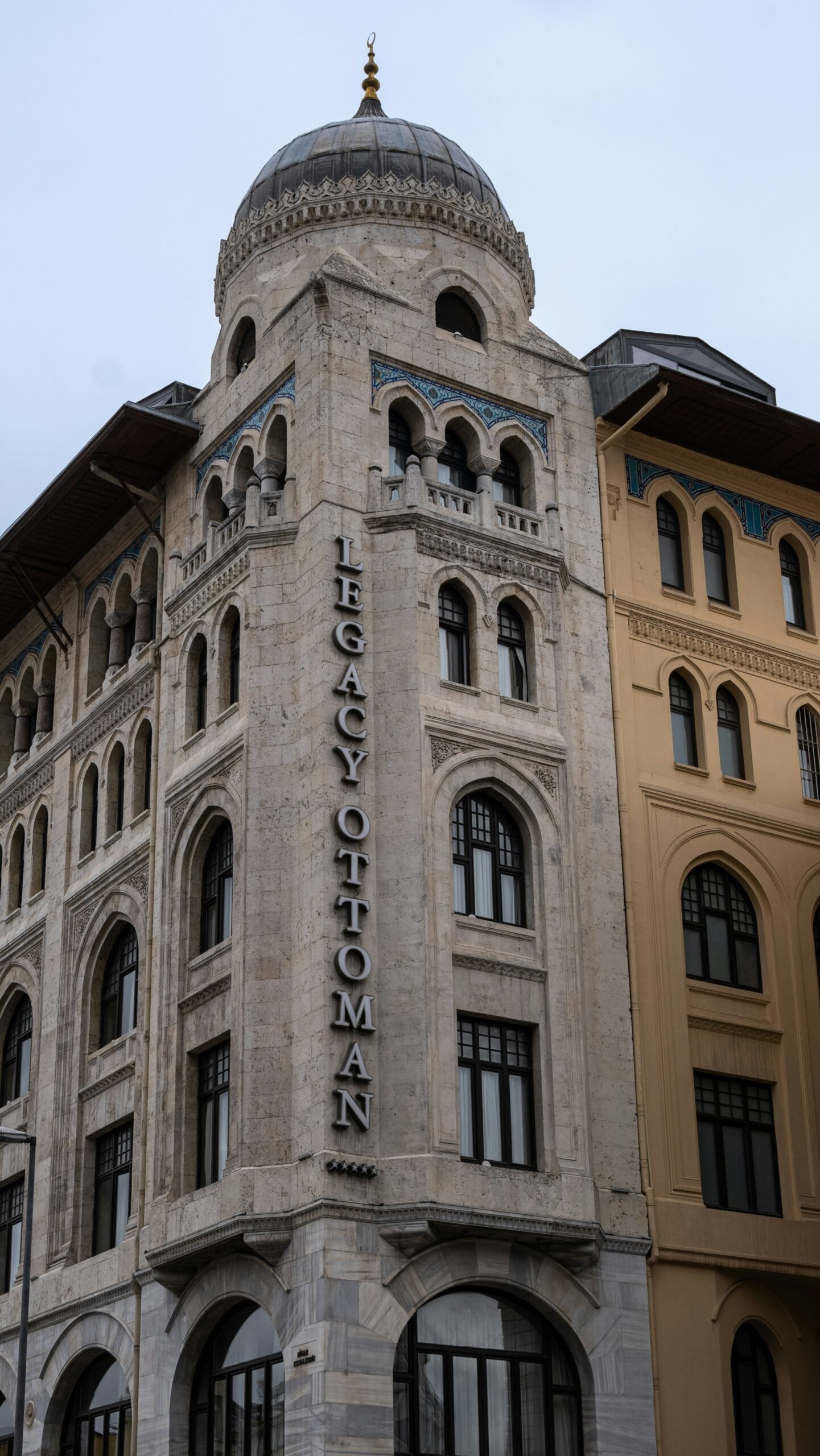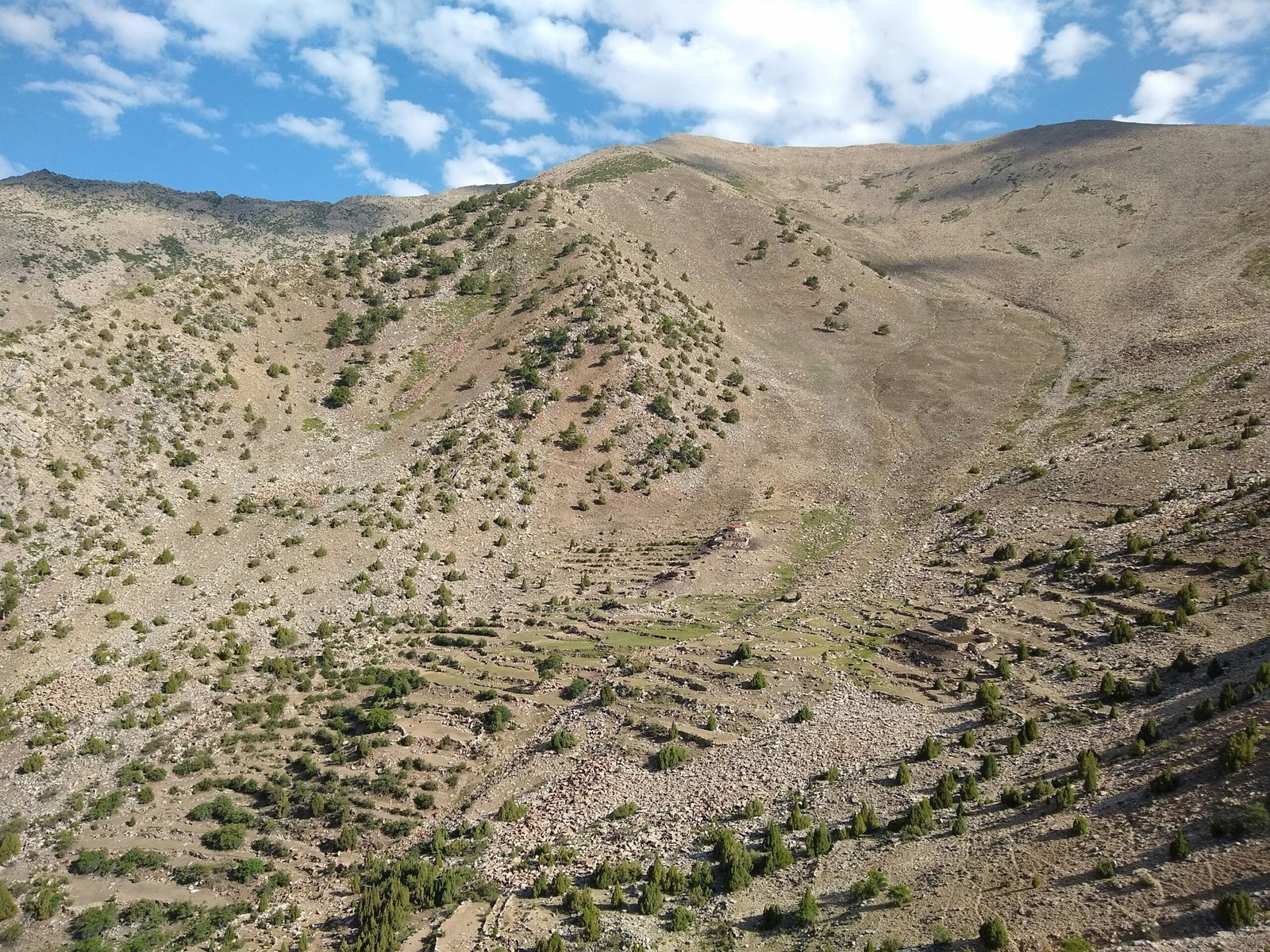Introduction to Zadar
Located on the picturesque Dalmatian coast, Zadar stands as one of Croatia’s most captivating cities. Nestled along the Adriatic Sea, this coastal gem boasts a unique blend of historical richness and contemporary allure. Zadar’s geographical setting not only provides stunning waterfront views but also positions it strategically as a vibrant hub for maritime activities.
Historically, Zadar has been a witness to various epochs and civilizations, each leaving an indelible mark on its cultural tapestry. From its origins in antiquity, where it served as a significant Roman outpost, to its prominence during the Venetian era, Zadar’s past is intricately woven with layers of artistic and architectural wonders. The city’s rich history is palpable as one strolls through its ancient streets, lined with remnants of Roman forums, medieval churches, and Venetian fortifications.
Beyond its historical allure, Zadar enchants visitors with its modern vibrancy. The city’s charming blend of the old and new is embodied in its lively squares, bustling markets, and innovative attractions like the Sea Organ and the Sun Salutation. These contemporary fixtures celebrate Zadar’s natural beauty and its deep connection to the Adriatic, drawing in curious travelers and seasoned explorers alike.
Zadar’s allure as a popular destination is further enhanced by its accessibility and pleasant Mediterranean climate. The city offers a diverse array of experiences, from tranquil beachside relaxation to engaging cultural explorations. Whether you are captivated by historical intrigue, seeking coastal serenity, or simply wishing to immerse yourself in the vivid local culture, Zadar presents a compelling destination that beautifully harmonizes the best of Croatia’s past and present.
Historical Background
Zadar, one of Croatia’s most ancient cities, boasts a rich history that spans over 3,000 years. Its origins trace back to the 9th century BC when it was a fortified settlement of the Illyrian tribe known as the Liburnians. The city’s significant transformation began in 59 BC, when it became a Roman colony known as Iader. This period was pivotal, as Zadar evolved into an important administrative and commercial center within the Roman Empire, contributing to its flourishing architecture and urban infrastructure.
As the Roman Empire declined, Zadar fell under the Byzantine Empire’s influence, enriching its cultural tapestry with Byzantine architectural and artistic elements. From the 9th to the 12th century, Zadar faced numerous incursions and briefly came under the rule of the Croatian and Hungarian kingdoms. However, the city’s most defining periods emerged during the Venetian and Austro-Hungarian rules. The Venetians arrived in 1409, ushering in a long era of maritime dominance and bringing an influx of Renaissance architecture that still characterizes much of Zadar’s old town.
The early 19th century saw Zadar become part of the Austrian Empire, following the signing of the Peace of Pressburg in 1805. This era marked a new phase of modernization and economic development, culminating in various Austro-Hungarian architectural influences that can be seen in contemporary structures. Throughout these periods, Zadar’s identity was continuously reshaped, resulting in a unique blend of cultural and historical influences.
Zadar’s historical landmarks stand as enduring testaments to its storied past. The Roman Forum, the largest on the eastern side of the Adriatic, is a central archaeological site in the city. The Church of St. Donatus, built in the 9th century, is an exemplary piece of pre-Romanesque architecture. Another significant landmark is the medieval St. Anastasia’s Cathedral, which showcases a blend of Romanesque and Gothic styles. These monuments, among many others, eloquently narrate the intricate history of Zadar, making it a compelling destination for history enthusiasts.
Must-See Sights and Attractions
Nestled along the Adriatic Sea, Zadar boasts breathtaking landmarks that encapsulate the city’s vibrant culture and rich history. Visitors to this Croatian gem would be remiss not to explore the essential sights and attractions that define Zadar’s unique charm.
Firstly, the Sea Organ, an ingenious architectural marvel, beckons with its melodic tunes. Created by architect Nikola Bašić, this remarkable structure transforms the rhythmic sea waves into harmonious sounds, offering an auditory experience unlike any other. The best time to visit the Sea Organ is during sunset, when the calming sounds merge seamlessly with the picturesque evening hues over the Adriatic, creating an enchanting atmosphere.
Adjacent to the Sea Organ is the Sun Salutation, another of Bašić’s masterpieces. This large, circular installation made of glass plates is embedded into the pavement and comes to life after dusk, illuminated by hundreds of multicolored lights powered by solar energy. The vibrant light display symbolizes the communicative relationship between nature and technology and provides a captivating sight for visitors, especially in the evenings.
The historic St. Donatus Church stands as a testament to Zadar’s storied past. This pre-Romanesque structure, dating back to the 9th century, is renowned for its distinctive cylindrical shape and robust stone architecture. While it no longer serves as a traditional church, it periodically hosts concerts, benefiting from its marvelous acoustics. The best time to visit is during one of these musical events, where the ancient walls reverberate with harmonious melodies, enriching the visitor experience.
Zadar’s old city walls envelope the heart of the city, testament to its medieval fortifications. These well-preserved walls, stretching along the waterfront, tell tales of yesteryears and provide panoramic views of the surrounding areas. Walking along these ancient paths during golden hour – the period just before sunset – affords an optimal blend of history and scenic beauty, making it a must-do activity for any visitor.
These notable sites collectively offer a glimpse into Zadar’s fascinating heritage and vibrant cultural landscape. Each landmark provides a unique visitor experience, ensuring that everyone leaves enriched by the city’s splendor and historic allure.
Natural Beauty and Outdoor Activities
Renowned for its remarkable natural beauty, Zadar offers a plethora of outdoor activities to immerse visitors in its captivating surroundings. One of the main highlights includes the pristine beaches that grace the coastline. These sandy stretches, combined with the crystal-clear waters of the Adriatic Sea, provide an ideal setting for swimming, sunbathing, and relaxation. Popular beaches such as Kolovare and Borik are well-facilitated, ensuring a comfortable experience for all visitors.
Just a boat ride away, the nearby islands, including Ugljan and Dugi Otok, are havens for those seeking tranquility and unspoiled nature. The Kornati Archipelago, also known as the “nautical paradise,” offers remarkable opportunities for sailing and exploring hidden coves and islets. For the best experience, engaging a local guide or joining an organized tour can enrich the visit with insights into these enchanting locations.
Moreover, Zadar’s proximity to national parks like Paklenica and Kornati affords myriad outdoor adventures. Paklenica National Park is renowned for its rugged landscape, making it a prime destination for hiking enthusiasts. The park boasts extensive trails that lead through dramatic canyons and dense forests, with options suitable for various skill levels. Within the park, visitors can also encounter diverse wildlife, including birds of prey and unique flora endemic to the region.
The Kornati National Park, with its labyrinth of islands and reefs, is perfect for snorkeling and diving, offering a unique view of marine biodiversity. Additionally, kayaking and island hopping tours provide an intimate experience of the park’s stunning landscapes and secluded spots, making it a must-visit for nature lovers.
For those looking to maximize their time in Zadar, several reputable tour operators offer comprehensive packages that combine multiple activities. These tours ensure a seamless and memorable visit, covering transportation, equipment, and knowledgeable guides who can enhance the adventure with local lore and ecological knowledge.
To fully appreciate Zadar’s natural allure, a blend of well-planned excursions and spontaneous explorations can make for a truly enriching visit, allowing guests to uncover the myriad charms of this picturesque Croatian city.
Cultural Highlights and Events
Zadar, Croatia, is a city pulsating with rich cultural heritage and vivid artistic expression. The city’s vibrant cultural scene is epitomized by its numerous museums, art galleries, and annual events that attract both locals and tourists alike. Among the top cultural venues, the Archaeological Museum Zadar stands out, housing artifacts that span the prehistoric, ancient, and medieval periods, offering an in-depth dive into the region’s history. Another noteworthy spot is the Museum of Ancient Glass, where visitors can marvel at an exquisite collection of glass artifacts and even witness live glassblowing demonstrations.
For art enthusiasts, the city boasts several galleries, including the renowned Zadar Gallery, which showcases contemporary art by Croatian and international artists. Moreover, the Permanent Exhibition of Religious Art, also known as the Gold and Silver of Zadar, offers an unparalleled glimpse into religious art and artifacts that span several centuries.
Zadar’s cultural calendar is packed with events that highlight its bustling artistic spirit. The Zadar Summer Theatre Festival, held annually from mid-July to mid-August, transforms the city into an open-air stage. This festival features a diverse program of theatrical performances, dance acts, and musical concerts set against the backdrop of Zadar’s historic buildings and scenic squares. Another event that should not be missed is the Night of the Full Moon. This unique celebration, usually held in late July or early August, turns the city’s waterfront into a lively market with local food, traditional music, and dance, celebrating the Dalmatian heritage under the glow of the full moon.
To experience the best of Zadar’s cultural offerings, visitors should plan to explore the city’s museums and galleries during the day, and participate in these annual events. The combination of Zadar’s historical treasures and its dynamic cultural events ensures a memorable experience that both educates and entertains.
Top Places to Eat
When it comes to dining in Zadar, this historic coastal city offers an array of options that cater to every palate and budget. From fine dining establishments to cozy cafes and traditional local taverns, Zadar’s culinary landscape is as diverse as it is delicious.
For a luxurious dining experience, head to Pet Bunara, an exquisite restaurant known for its sophisticated menu and elegant ambiance. Indulge in dishes like the seafood risotto or the octopus carpaccio, beautifully presented and bursting with flavor. Another fine dining spot is Proto Food&More, a modern space where you can savor creatively crafted dishes that blend traditional Croatian ingredients with innovative cooking techniques.
If you’re looking for something more casual yet equally delightful, Konoba Skoblar is a must-visit. Here, you can enjoy hearty Dalmatian fare that is both satisfying and reasonably priced. Their black risotto and grilled fish are local favorites. For a relaxed café atmosphere, Art Kavana offers a charming setting for breakfast or a light lunch, with an impressive selection of pastries, sandwiches, and aromatic coffees.
Local cuisine in Zadar is heavily influenced by Mediterranean flavors, emphasizing fresh seafood, olive oil, and locally grown produce. A visit to the city wouldn’t be complete without trying pašticada, a slow-cooked beef dish, or peka, a traditional method of cooking meat and vegetables under a bell-like dome covered in hot coals.
For those with dietary preferences, Zadar’s food scene includes several vegetarian and vegan-friendly options. Salsa Rossa is a top pick, offering a variety of plant-based dishes that don’t compromise on flavor. Similarly, Restaurant Kornat caters to gluten-free diets with their specially crafted menus.
Whether you’re on a tight budget or looking to splurge, Zadar has something to satisfy every food lover’s cravings, making it a true gastronomic destination in Croatia.
How Long to Stay
Deciding how long to stay in Zadar largely depends on how deeply you wish to explore this charming Croatian city and its surrounding beauties. Whether you have a single day or an entire week, Zadar offers a variety of attractions and activities that cater to every itinerant’s preferences. Here is a guide to help you maximize your experience based on the duration of your stay.
1-Day Itinerary
If you only have one day in Zadar, focus on the city center’s top highlights. Start your morning with a visit to the Roman Forum, where you can delve into ancient history. Then, stroll towards St. Donatus’ Church, a stunning architectural masterpiece dating back to the 9th century. As you continue, make sure to visit the Sea Organ and the Greeting to the Sun, two unique modern installations by the water. End your day with a leisurely walk along the Riva promenade and enjoy a scenic sunset over the Adriatic Sea.
3-Day Itinerary
For a more relaxed and comprehensive experience, three days in Zadar is ideal. Follow the one-day itinerary for the first day to get acquainted with the city. On the second day, consider exploring the Zadar Archipelago by taking a boat tour, allowing you to visit the picturesque islands of Dugi Otok, Ugljan, and Pašman. For the third day, venture slightly beyond the city to visit Nin, Croatia’s royal medieval town, and relax at the Nin Saltworks or the Queen’s Beach, famous for its therapeutic mud.
Week-Long Itinerary
A week in Zadar allows for extensive exploration. Spend the initial days experiencing the city highlights and surrounding islands as outlined in the three-day itinerary. For the remaining days, adventure to Plitvice Lakes or Krka National Parks for a day trip, featuring breathtaking waterfalls and abundant nature. Additionally, take time to enjoy local delicacies and wines at one of Zadar’s many delectable restaurants. By pacing yourself, you will have the opportunity to immerse in the culture and easy-going tempo of this Dalmatian gem.
Regardless of the duration, planning your stay in Zadar thoughtfully ensures you can absorb its historical depths, natural wonders, and cultural vibrancy. From quick, immersive visits to leisurely, in-depth explorations, this city offers a rich tapestry of experiences for all types of travelers.
Practical Tips and Travel Information
Zadar, a captivating city on Croatia’s Dalmatian coast, promises rich experiences throughout the year. However, to make the most of your visit, it’s vital to plan accordingly. The best time to visit Zadar is during the late spring (May to June) and early fall (September to October) when the weather is pleasant, and the tourist crowds are thinner. During these periods, you can enjoy comfortable temperatures and a more relaxed atmosphere.
Reaching Zadar is convenient with various travel options. Zadar Airport, located just 12 kilometers from the city center, serves numerous international and domestic flights. For those preferring land travel, the city is well-connected by bus and train networks, making it accessible from major Croatian cities and neighboring countries. Once in Zadar, getting around is straightforward with the efficient local bus service, taxis, and the option to rent bicycles or scooters for more flexibility.
When it comes to accommodation, Zadar offers a diverse range to suit all budgets. Luxury seekers can indulge in upscale hotels such as the Falkensteiner Hotel & Spa Iadera, featuring world-class amenities and breathtaking sea views. Mid-range travelers will find comfort in boutique hotels and charming bed-and-breakfasts that capture the city’s essence. Budget-conscious visitors can opt for hostels and guesthouses that provide clean, comfortable, and affordable lodging options.
It’s helpful to note that Croatian is the official language in Zadar, but English is widely spoken, especially in tourist areas. The local currency is the Croatian Kuna (HRK), so it’s essential to have some local currency on hand, although credit cards are accepted in most establishments. As with any travel destination, understanding and respecting cultural norms enhances the experience. Croatians value polite greetings and proper etiquette, such as saying “dobar dan” (good day) and “hvala” (thank you). Moreover, dress modestly when visiting religious sites to show respect for local traditions.
By keeping these practical tips in mind, you can ensure a seamless and enriching experience in Zadar, immersing yourself fully in the city’s historic charm and vibrant culture.


